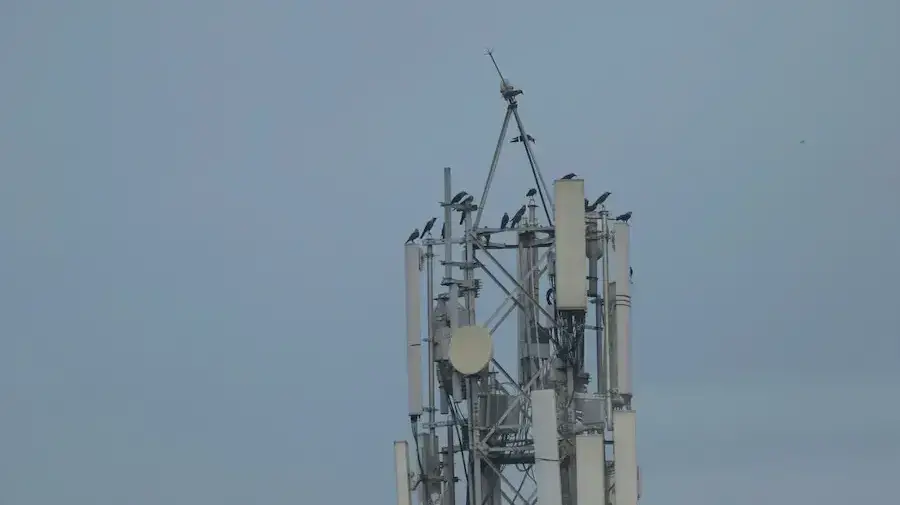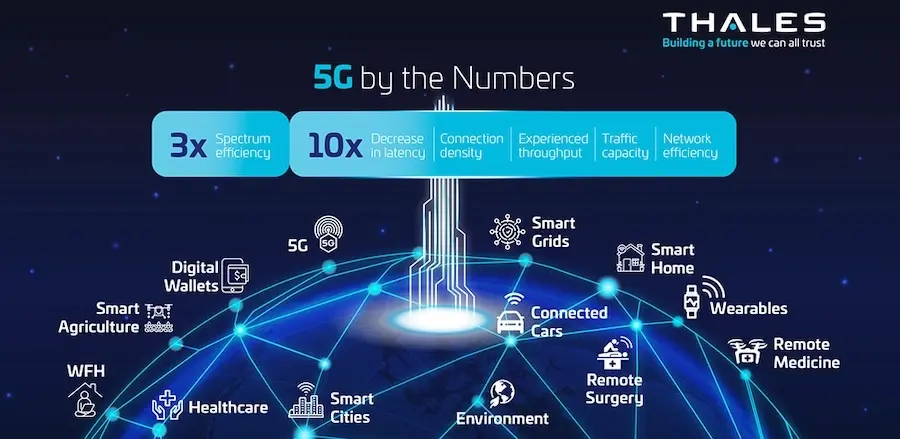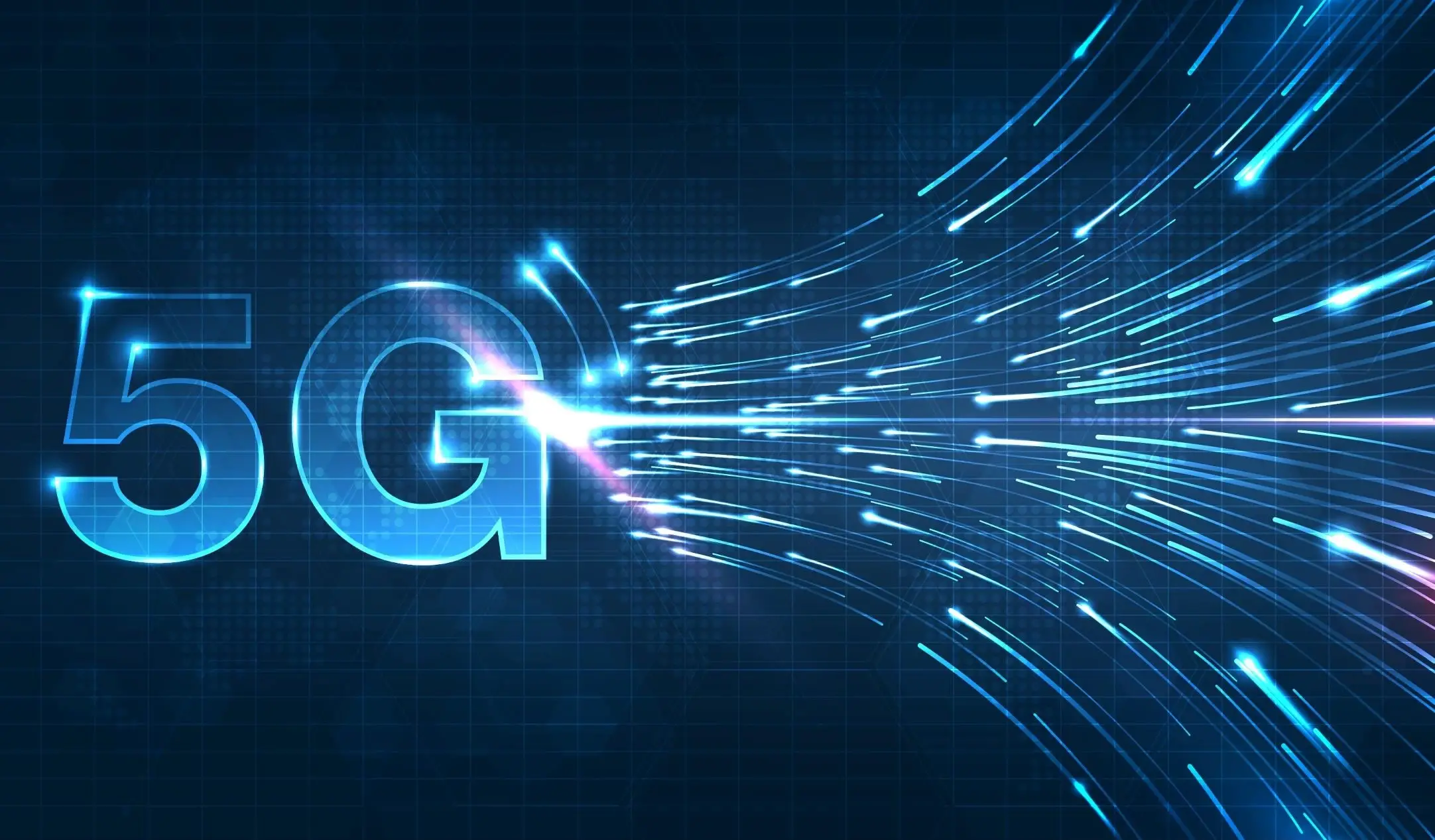The Internet and how we interact with it is always changing, and one of the most groundbreaking shifts we're currently experiencing is the rollout of 5G technology.
As the fifth generation of mobile networks, 5G promises to revolutionize not just how we use our smartphones, but also how we interact with the web.
Web development, a field already known for its rapid evolution, stands to gain significantly from this technological leap. So today, we aim to explore the multifaceted impact of 5G on web development, from performance enhancements to new design possibilities.
Let's get right into it.
What is 5G?

5G, short for fifth-generation, is the latest iteration in mobile network technology. While 4G brought us the speed and connectivity to stream high-definition video and enjoy real-time communication, 5G takes it several notches higher.
It's not just an upgrade -- it's a major leap that promises to enhance the way we interact with technology. 5G aims to offer faster data transfer rates, lower latency, and better network availability compared to its predecessor, 4G. This new network is designed to connect virtually everyone and everything, including machines, objects, and devices.
Tech Specs
When you really take a step back and look at 5G for what it is, it becomes clear several key aspects set it apart from previous generations:
Speed: One of the most talked-about benefits of 5G is its speed. While 4G networks had a peak speed of around 1 Gbps, 5G networks can theoretically offer speeds up to 10 or even 20 Gbps. This is a game-changer for data-heavy applications and services, allowing for faster downloads and seamless streaming.
Latency: Latency, or the time it takes for data to travel between its source and destination, is another crucial factor. 5G aims to reduce this to as low as 1 millisecond. This is particularly significant for applications that require real-time data transfer, such as video conferencing or online gaming.
Bandwidth: 5G offers a much larger bandwidth as well, allowing more devices to be connected and more data to be transferred simultaneously. This is especially important as the Internet of Things (IoT) continues to expand, requiring networks that can handle a large number of connected devices without slowing down performance.
The Current State of Web Development
Before you truly appreciate all that 5G can bring, you need to first understand where we're at right at this moment. Let's take a quick look at where web development is right now.
Popular Frameworks and Languages
Web development has seen tons of changes over the years, with various frameworks and languages coming into the spotlight. React, Angular, and Vue.js are some of the most popular frameworks that have revolutionized the way we think about front-end development.
On the back end, languages like Python, JavaScript, and Ruby have made it easier than ever to build robust, scalable applications. These tools and languages have set the stage for creating dynamic, user-friendly websites, but they are continually evolving, and the advent of 5G is likely to accelerate this evolution.
The Importance of Performance
Performance is not just a luxury online -- it's a necessity. Slow page load times can significantly impact user experience and, by extension, the success of a web application or website.
Factors like server response time, image optimization, and script handling are critical. With 5G, these performance metrics are set to improve dramatically. The faster data transfer rates and lower latency will make web applications more responsive, and enhance user experience and engagement.
How 5G Will Impact Web Development
Now that we've established the importance of performance, let's look at how 5G is going to revolutionize web development.
Speed and Bandwidth
The enhanced speed and bandwidth that 5G offers are not just incremental improvements. They are transformative changes that will redefine what's possible in web development.
Imagine a world where high-definition videos load instantaneously, or complex data analytics run in real-time without any lag. These are not far-fetched ideas but real possibilities with 5G.
For instance, live streaming services, online gaming platforms, and even cloud-based applications stand to benefit immensely from these improvements.
Lower Latency
The implications of reduced latency go beyond just faster load times. It opens up a whole new world of possibilities for interactive web applications. Think about augmented and virtual reality experiences that are so seamless they feel like an extension of the physical world.
Or consider real-time collaboration tools where the lag is so minimal it's as if everyone is in the same room. These are the kinds of transformative changes that low latency in 5G can bring.
Scalability and Flexibility
But 5G's impact isn't limited to just speed and latency. It also offers unprecedented scalability and flexibility. As our world becomes increasingly interconnected, the ability to scale applications to handle a multitude of devices becomes increasingly important.
5G's higher bandwidth and lower latency make it ideal for handling a large number of connected devices, from smartphones to IoT sensors. This will necessitate changes in backend architecture to accommodate the new capabilities, offering more efficient ways to manage resources and data.
Real-world Applications and Examples

We're talking about groundbreaking applications like enabling medical professionals to remotely treat -- and even operate on -- patients in far-flung locations. Picture expansive smart grids that have the capability to cover entire cities, even countries, effectively putting an end to power outages.
And it's hard to overlook the game-changing possibilities in self-driving cars, which could significantly cut down on both accidents and traffic congestion.
Intel is another heavyweight that's fully committed to exploring the synergies between 5G and IoT. Their focus is primarily on applications that are critical to safety, such as essential infrastructure and industrial systems.
One of the standout advantages they emphasize is the concept of real-time fine-tuning. By seamlessly integrating IoT, edge computing, and cloud technologies, 5G facilitates the efficient allocation of computing resources based on real-time needs.
This is a huge benefit for IoT applications that are time-sensitive, allowing them to adapt and optimize on the fly. For the business world, this translates to unlocking and harnessing a wealth of data that was previously inaccessible.
While it's still early days for 5G, some pioneering companies are already leveraging this technology to enhance their web applications. These early adopters serve as case studies for what's possible when you combine cutting-edge network technology with innovative web development practices.
Challenges and Considerations
5G technology is still in its infancy, and the full extent of its capabilities is yet to be seen, there are some issues with it you need to be aware of.
Security Concerns
5G does promise enhanced security features, but it's not a magic bullet. As with any new technology, there will be vulnerabilities and potential for misuse. Web developers will need to be more vigilant than ever to ensure that applications are secure from end to end. This includes everything from data encryption to secure user authentication.
Ethical and Societal Implications
The rollout of 5G also brings to the forefront various ethical and societal considerations. For instance, there's the question of the digital divide -- will the benefits of 5G be accessible to everyone, or will they widen the gap between the digital haves and have-nots? Additionally, the environmental impact of deploying new 5G infrastructure is a concern that needs to be addressed responsibly.
5G is the Future: Will You Be Jumping In?
As we usher in the era of 5G, we're not just talking about a simple tech upgrade; we're witnessing a seismic shift that's set to reshape the very fabric of web development. This transformative technology opens up a world of possibilities for web developers to push the envelope, crafting web experiences that are not only more engaging but also incredibly responsive and visually stunning.
But to truly capitalize on the 5G revolution, you'll need a hosting service that's up to the task. That's where Verpex comes in. With our cutting-edge cloud hosting services, you're not just keeping up with the times, you're staying ahead of the curve. And if you're in the WordPress space, Verpex's specialized hosting for WordPress is tailored to meet the demands of this new, high-speed, low-latency world.
Frequently Asked Questions
Can free HTML editors be used for professional web development?
Yes, free HTML editors like Visual Studio Code and Atom offer advanced features and are suitable for professional web development.
How does Verpex Web Development Hosting cater to developers' needs?
Verpex Web Development Hosting caters specifically to developers' needs by offering support for a wide range of programming languages, pre-installed development tools, and scalable resources to accommodate the growth of your project.
How can I get assistance with my web development hosting account?
Our support team is available 24/7/365 to assist with your web development hosting account. You can contact us via live chat, email, or phone for any queries or concerns.
Are there any limitations on the type of web development projects I can host with Verpex?
Verpex Web Development Hosting supports a wide range of web development projects. However, we do not allow projects that promote illegal activities, violate intellectual property rights, or engage in malicious activities.

Brenda Barron is a freelance writer and editor living in southern California. With over a decade of experience crafting prose for businesses of all sizes, she has a solid understanding of what it takes to capture a reader's attention.
View all posts by Brenda Barron




















